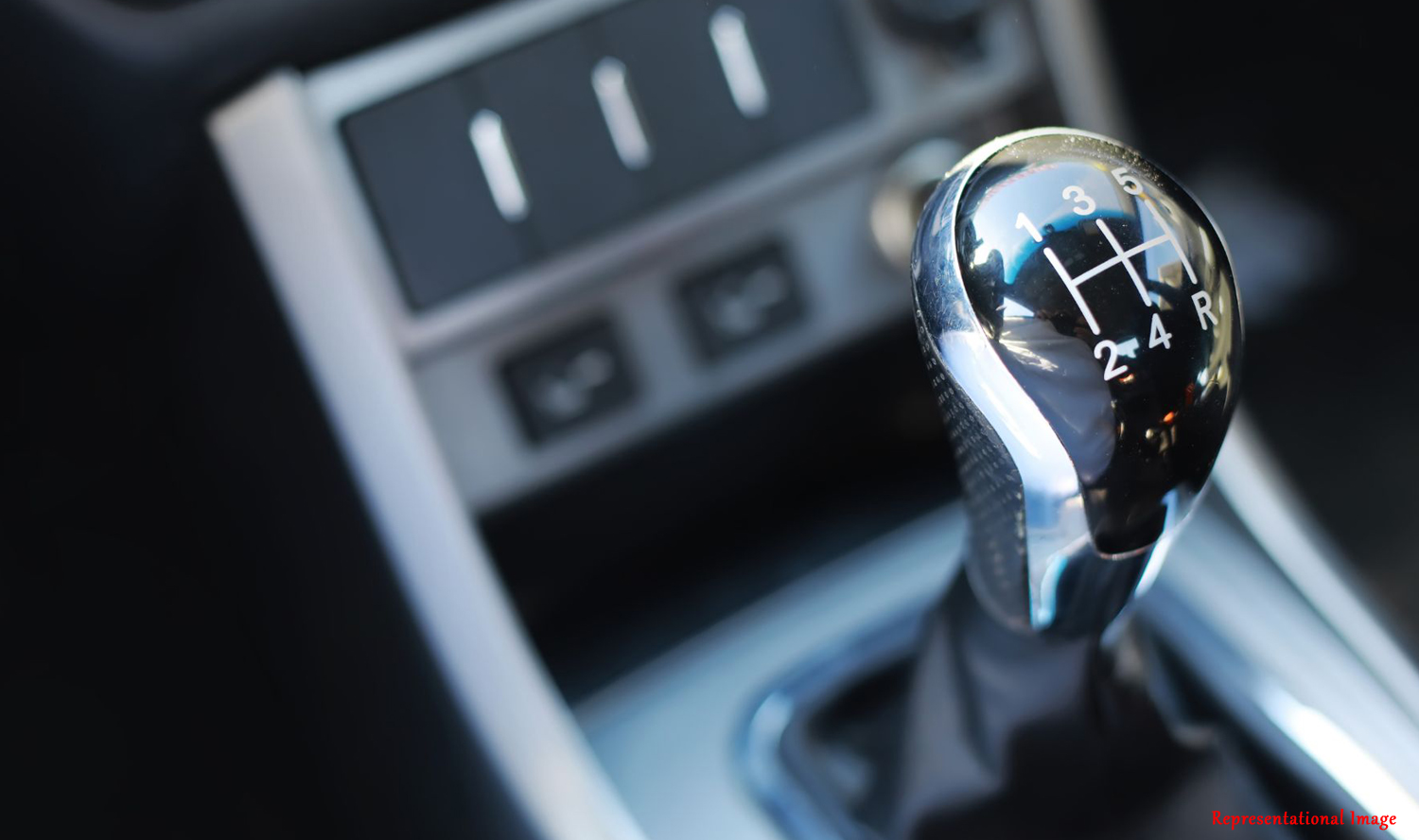
The future is inevitable, and we are living the future right now, at this very moment. Everything’s going to be connected now; your phone, your car, your appliances. Your home, your neighbourhood, your city, your state, your country, the world!
This is all thanks to internet of things (IoT), that connects things together, and it does so through sensors. With IoT becoming a worldwide phenomenon, more and more sensors, especially wireless sensors will be needed. Powering these sensors is the key challenge.
Vibration energy harvesters (VEHs), are the key to power sensors. They are long-lasting, self-sustaining, and don’t require batteries. Energy harvesters are devices that use energy from the external environment and convert it into electrical energy. Apart from use in IoT and sensors, they are used in medical devices and small electronics.
Usually single nonlinear harvesters are proposed for power generation. But these are not effective enough. There is therefore a need to look for more efficient energy harvesters.

In this study, the authors Mr. Srimanta Lal De and Prof. Shaikh Faruque Ali from the Department of Applied Mechanics and Biomedical Engineering, Indian Institute of Technology (IIT) Madras, Chennai, India, have studied power harvesting and frequency bandwidth characteristics of an array of harvesters. Multiple connected harvesters were considered as a single set.
It was observed that internal resonance (IR) can be introduced as a beneficial nonlinear mechanism in piezoelectric VEHs to increase efficiency and power density.
Internal resonance (IR) and stochastic resonance (SR) are two phenomena that play an important role in increasing the efficiency of energy harvesters. Internal resonance (IR) involves energy transfer due to simple frequency ratios, while stochastic resonance (SR) uses random noise to amplify weak signals in a nonlinear system.
Two harvesters were tested out in this study – a multiple coupled nonlinear harvester under IR using multiple-scale analysis, and a stochastically loaded linearly coupled bistable harvester array. In both these cases, realistic parameters were considered, and the potential of enhanced energy harvesting was considered.
It was found that the harvester performs best at a moderate value of coupling strength by achieving SR at lower noise intensity and producing a high power output. Too low coupling strength gives a similar performance to a single harvester. Very high coupling strength results in low performance.
Through these studies, the potential of multiple coupled nonlinear harvesters in enhancing energy harvesting was demonstrated under both harmonic and stochastic excitation. Harmonic excitation is a predictable and periodic type of excitation, while stochastic excitation is a random and unpredictable type of excitation.This article is part of the theme issue ‘Celebrating the 15th anniversary of the Royal Society Newton International Fellowship’. The work presented here is an extension of the works funded by the Newton fellowship and later period.
Article by Akshay Anantharaman
Click here for the original link to the paper









